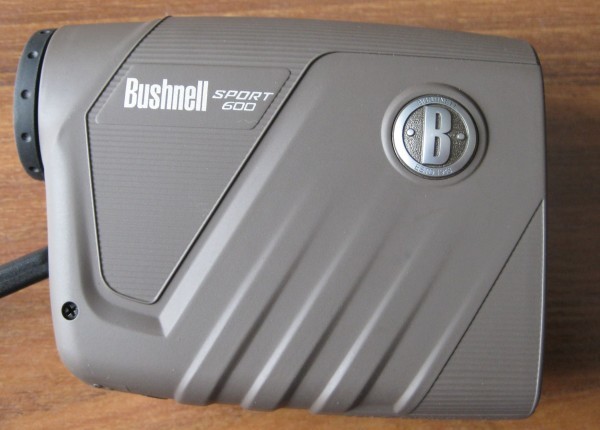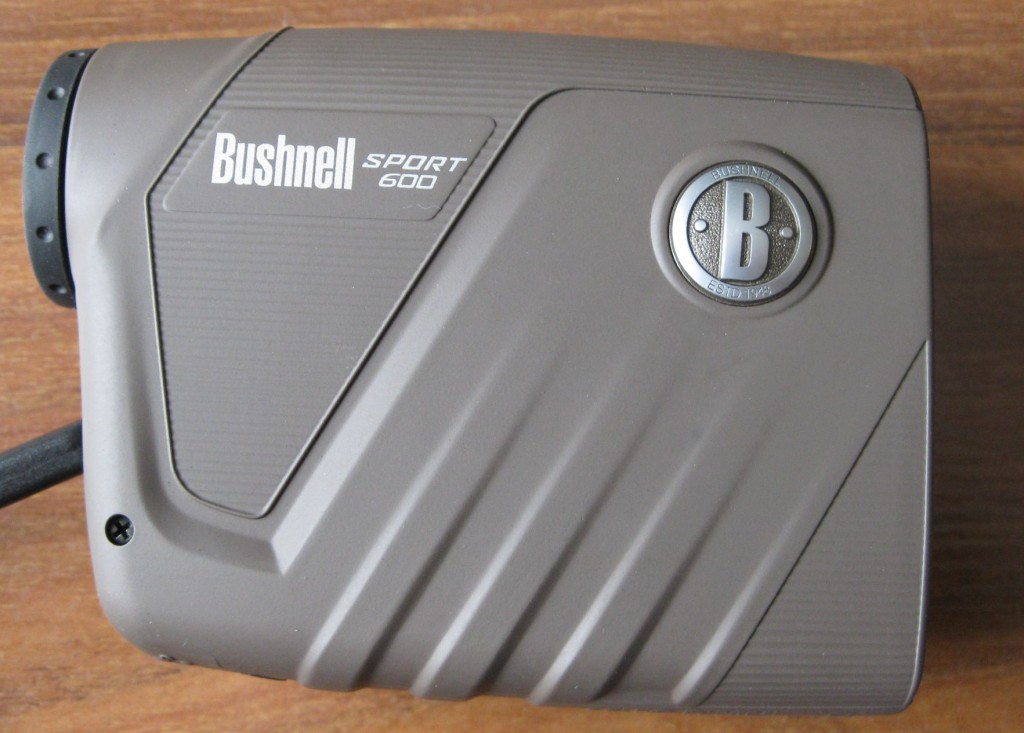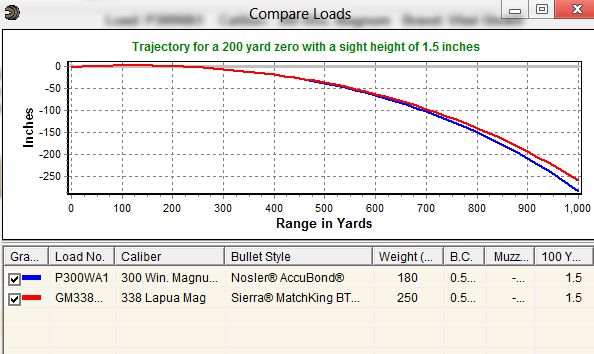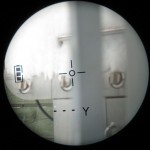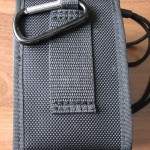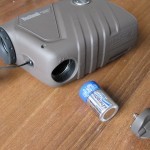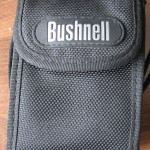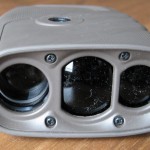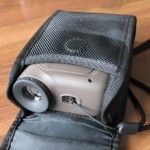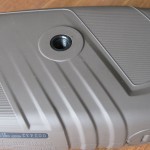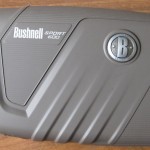Because this model is deprecated already, this is going to be a short review. Laser rangefinders have really come down in price, and they’re starting to approach very affordable prices. But, and it’s a big but, the range to be useful for rifle based hunting has to be more than 400 yards. Why? Take a look at the drop chart below:
Drop finally starts becoming a factor you need to consider at around 400 yards. Prior to that, simply zeroing your rifle for maximum point blank range means all you need to do is point and shoot for most standard cartridges. It’s beyond 400 where things start getting dicey. Telling the difference between a deer at 500 and a deer at 600 yards is a bit tricky, but the drop difference between the two is enormous. Let’s take a 30-06 for example:
Drop at 500: -55″
Drop at 600: -90″
That’s nearly 3 feet of difference and clearly a miss or a marginal wound if you don’t judge your distance and corresponding drop correctly. It gets even more extreme the further out you go:
700: -137″
800: -198″
900: -277″
Now, if your rifle is .75 MOA accurate, and you have a perfect rest, how far out can you reasonably take a deer? Well, a 10″ circle of vitals should be a reasonable goal, and that gives us +- 5″ and that means you should be able to take game at a kilometer (0.62 Miles). Well, if you can gauge distance perfectly, and I’m over-simplifying a lot of factors. But even misjudging 500 for 550 puts you well outside that reasonable 10″ goal we had for ourselves. In fact, for distance we have to calculate our drop a bit more accurately. While a perfect 1 MOA rifle will theoretically produce a 6″ group at 600 yards, you get half your allowable screwup on drop: for our 10″ circle, you can only really be 5″ high or low. In the right hands, an accurate rifle is capable of extremely far shots, if you know the distance very accurately and you know the drop chart on your rifle. Personally, I use Strelok ballistic software on my phone (iPhone, Android). For those really long shots, you’ve got time to punch in a few variables and calculate drop.
OK, back to the review. The reason why I mentioned all of the above, is that a laser rangefinder is crucial to making very long shots when hunting. Anyone can hold a cross hair on a deer, but you need accurate ranges to shoot beyond 400 and to make mil-dot, ballistics marked scopes, or turret equipped scopes useful. The problem with this rangefinder is that ranging anything 350+ is difficult, and the max range I’ve got out of it is 475. That’s just getting into where that rangefinder can actively increase your maximum practical hunting range. Therefore, I can’t recommend getting this rangefinder.
One of the cool things about rangefinders, is that they’re in a fast evolving technology state. Where 10 years ago they were toys for the well heeled hunter, they’re now becoming inexpensive ways to increase practical range. Newer models always reduce price or increase potential range. Right now, you have to go mid to high range to get a rangefinder that’s good for 400 yards+. Plenty of Bushnell, Leica, and Leupold products will be good for ranges up to and beyond 900 yards. If you do end up getting a rangefinder that goes long, make sure you try shooting that long both in the summer and in the cold of winter. Get familiar with your rifle and its drop. See what the difference is between the temperatures, and find where you get outside that 10″ circle when you’re in a prone position in the field. You never know, you might surprise yourself. I know I did.
